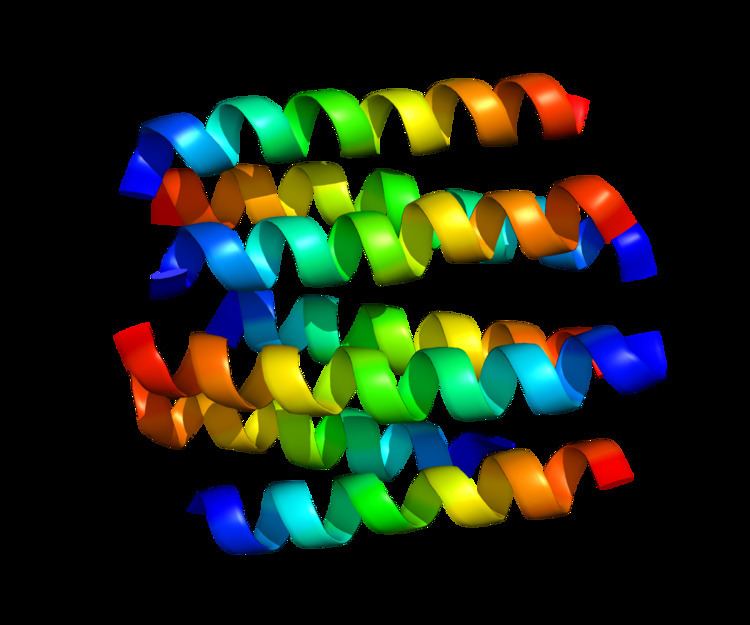Entrez 1813 | Ensembl ENSG00000149295 | |
 | ||
External IDs OMIM: 126450 MGI: 94924 HomoloGene: 22561 GeneCards: DRD2 | ||
Dopamine receptor D2, also known as D2R, is a protein that, in humans, is encoded by the DRD2 gene. After work from Paul Greengard's lab had suggested that dopamine receptors were the site of action of antipsychotic drugs, several groups (including those of Solomon Snyder and Philip Seeman) used a radiolabeled antipsychotic drug to identify what is now known as the dopamine D2 receptor. The dopamine D2 receptor is the main receptor for all antipsychotic drugs.
Contents
Function
This gene encodes the D2 subtype of the dopamine receptor, which is coupled to Gi subtype of G protein-coupled receptor. This G protein-coupled receptor inhibits adenylyl cyclase activity.
In mice, regulation of D2R surface expression by the neuronal calcium sensor-1 (NCS-1) in the dentate gyrus is involved in exploration, synaptic plasticity and memory formation.
In flies, activation of the D2 autoreceptor protected dopamine neurons from cell death induced by a toxin mimicking Parkinson's disease pathology.
Isoforms
Alternative splicing of this gene results in three transcript variants encoding different isoforms.
The long form (D2Lh) has the "canonical" sequence and functions as a classic post-synaptic receptor. The short form (D2Sh) is pre-synaptic and functions as an autoreceptor that regulates the levels of dopamine in the synaptic cleft. Agonism of D2sh receptors inhibits dopamine release; antagonism increases dopaminergic release. A third D2(Longer) form differs from the canonical sequence where 270V is replaced by VVQ.
Genetics
Allelic variants:
Some researchers have previously associated the polymorphism Taq 1A (rs1800497) to the DRD2 gene. However, the polymorphism resides in exon 8 of the ANKK1 gene. DRD2 TaqIA polymorphism has been reported to be associated with an increased risk for developing motor fluctuations but not hallucinations in Parkinson's disease.
Ligands
Most of the older antipsychotic drugs such as chlorpromazine and haloperidol are antagonists for the dopamine D2 receptor, but are, in general, very unselective, at best selective only for the "D2-like family" receptors and so binding to D2, D3 and D4, and often also to many other receptors such as those for serotonin and histamine, resulting in a range of side-effects and making them poor agents for scientific research. In similar manner, older dopamine agonists used for Parkinson's disease such as bromocriptine and cabergoline are poorly selective for one dopamine receptor over another, and, although most of these agents do act as D2 agonists, they affect other subtypes as well. Several selective D2 ligands are, however, now available, and this number is likely to increase as further research progresses.
Functionally selective ligands
Protein–protein interactions
The dopamine receptor D2 has been shown to interact with EPB41L1, PPP1R9B and NCS-1.
Receptor oligomers
The D2 receptor forms receptor heterodimers in vivo (in living animals) with other G protein-coupled receptors; these include:
The D2 receptor has been shown to form hetorodimers in vitro (and possibly in vivo) with DRD3, DRD5, and 5-HT2A.
